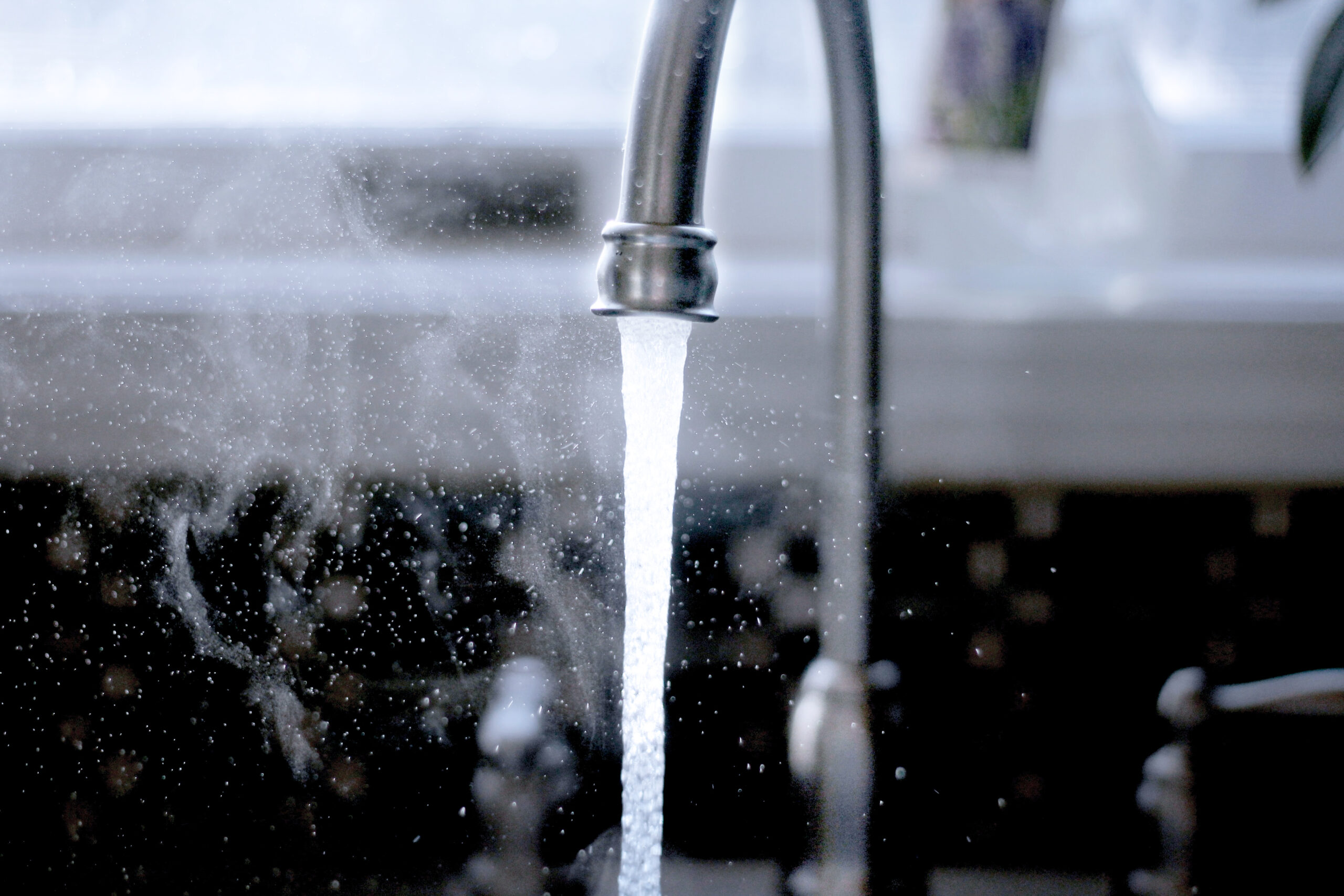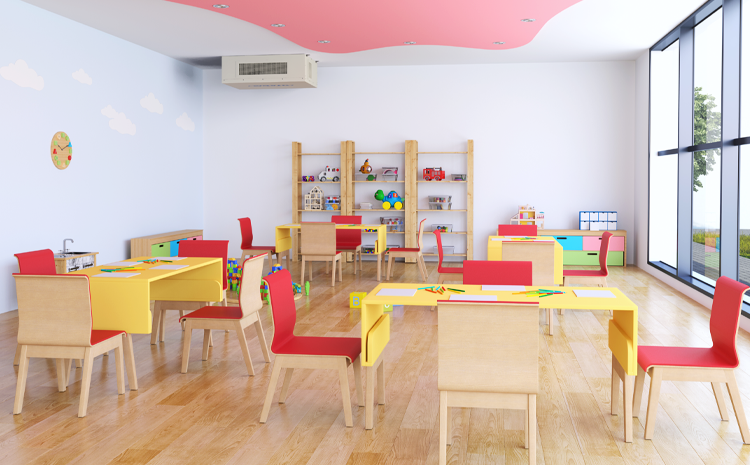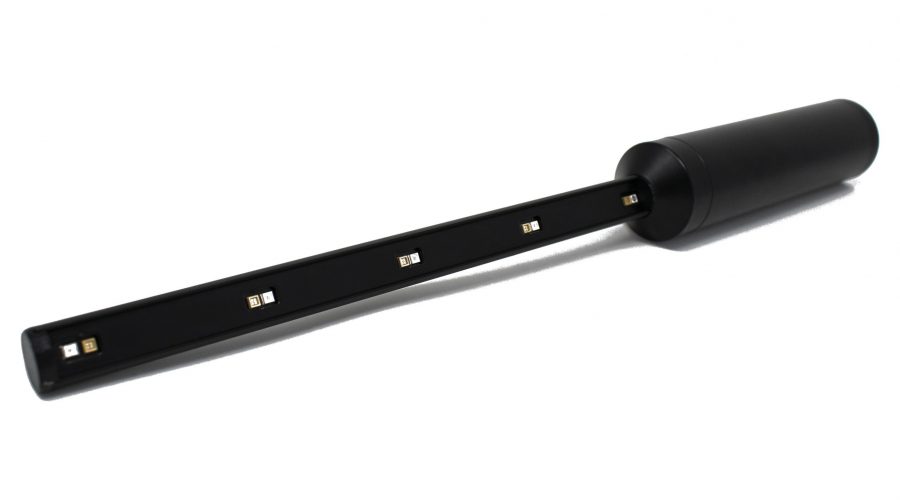UV-C technology has been used for air, water and instrument disinfection for over a century. As early as the 1930s, UV was commonly used for air and water treatment in hospitals. UV disinfection systems were first introduced in US healthcare environments around 2007. Since then, their popularity has increased to make such devices commonly used in order to counter the dangers of transmitting dangerous bacteria or viruses that can be present in the air or carried by contact by patients or visitors.
But the dangers inside hospitals can come not only from the air and surfaces but also from the water: we all remember the case of contamination by Citrobacter koseri at the Women’s and Child Hospital of Borgo Trento in Verona, the bacterium nested in the inside the water network, it infected many newborns, becoming fatal for 4. Legionella also represents a constant risk in all large water systems such as hospitals.
The UV-C LED germicidal solutions are able to counteract any type of microbiological colonization in all areas, becoming essential in hospitals to ensure an environment that is as healthy as possible, despite the presence and constant passage of patients inside. of the structure.
Even the Istituto Superiore di Sanità has recognized UV-C technology suitable for the prevention and contrast of many microorganisms and is also mentioned in the ISS COVID-19 Report: “UV-C radiation has the ability to modify DNA or the RNA of microorganisms, preventing them from reproducing and inactivating 99.99% of the aerosolized influenza virus. The virucidal and bactericidal action of UV-C rays has been demonstrated in studies on the MHV-A59 virus, a virus present in rodents similar to MERS-CoV and SARS-CoV-1 “.





